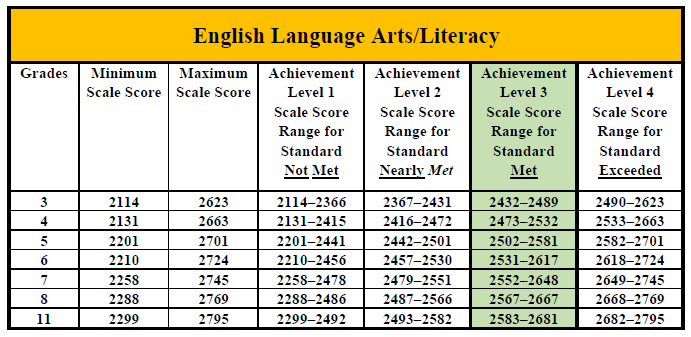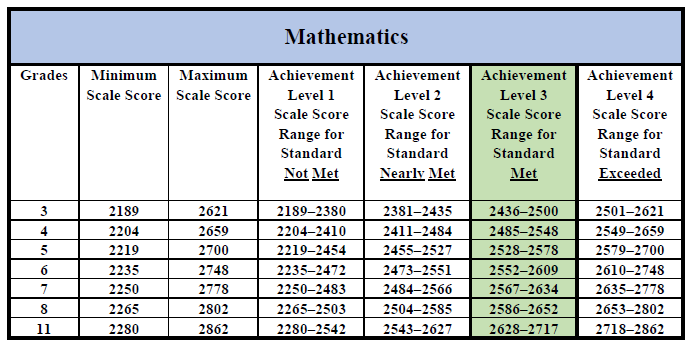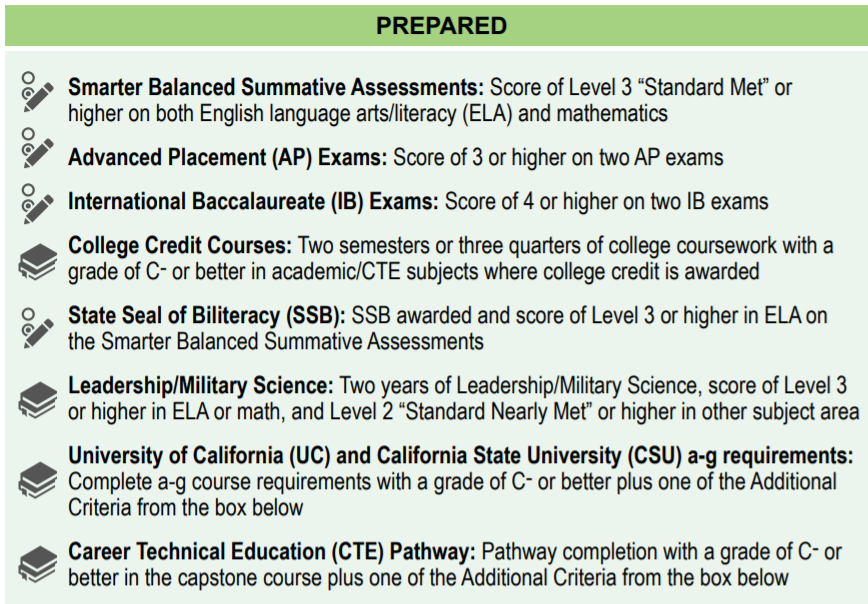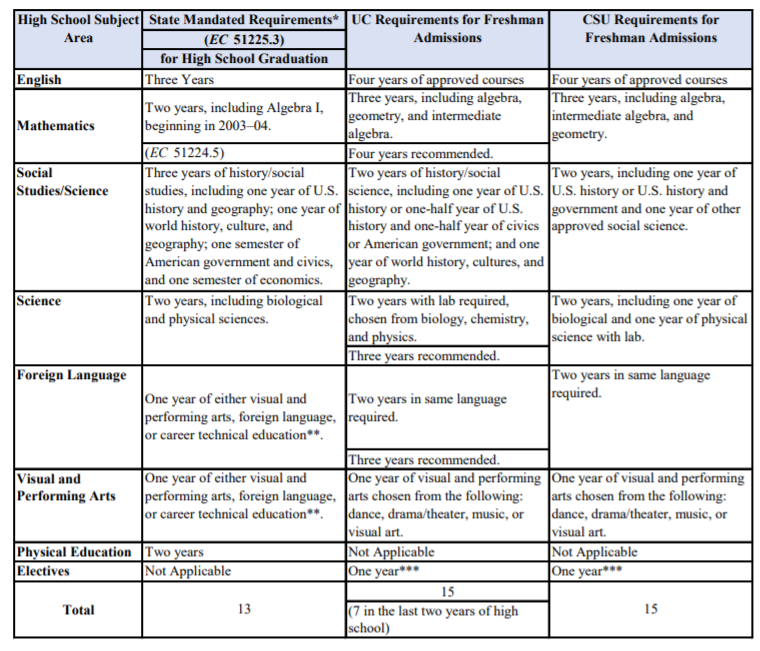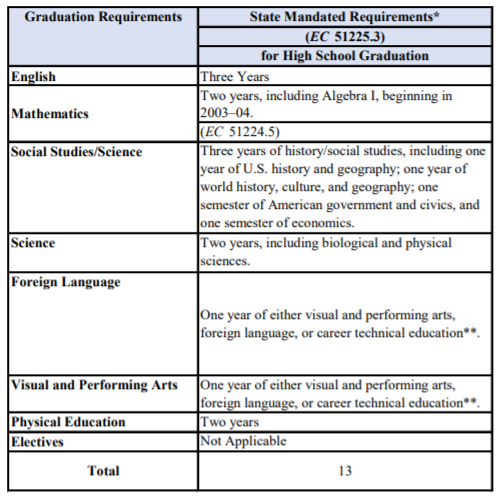This indicator is measured by the percentages of 3rd grade students who demonstrate “on track” reading ability on their end-of-year DIBELS test results.
The “Dynamic Indicators of Basic Early Literacy Skills (DIBELS) are a set of procedures and measures for assessing the acquisition of early literacy skills from kindergarten through sixth grade. They are designed to be short (one minute) fluency measures used to regularly monitor the development of early literacy and early reading skills.
DIBELS are comprised of seven measures to function as indicators of phonemic awareness, alphabetic principle, accuracy and fluency with connected text, reading comprehension, and vocabulary. DIBELS were designed for use in identifying children experiencing difficulty in acquisition of basic early literacy skills in order to provide support early and prevent the occurrence of later reading difficulties (Dynamic Measurement Group, https://dibels.org/dibels.html).
